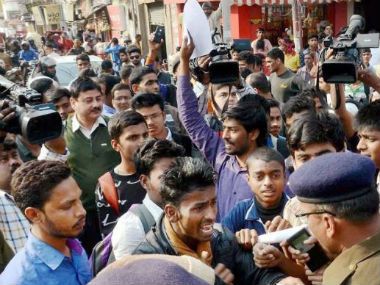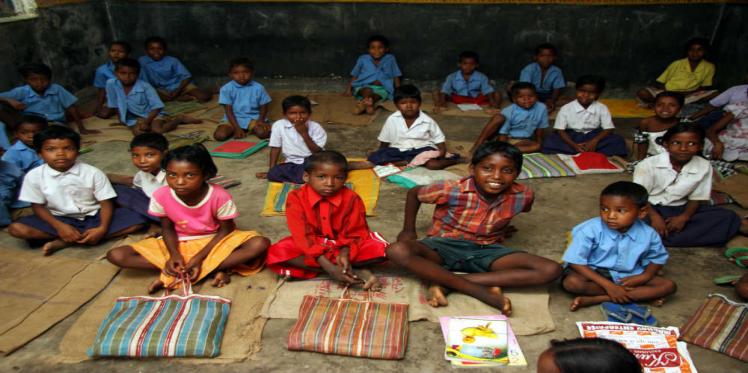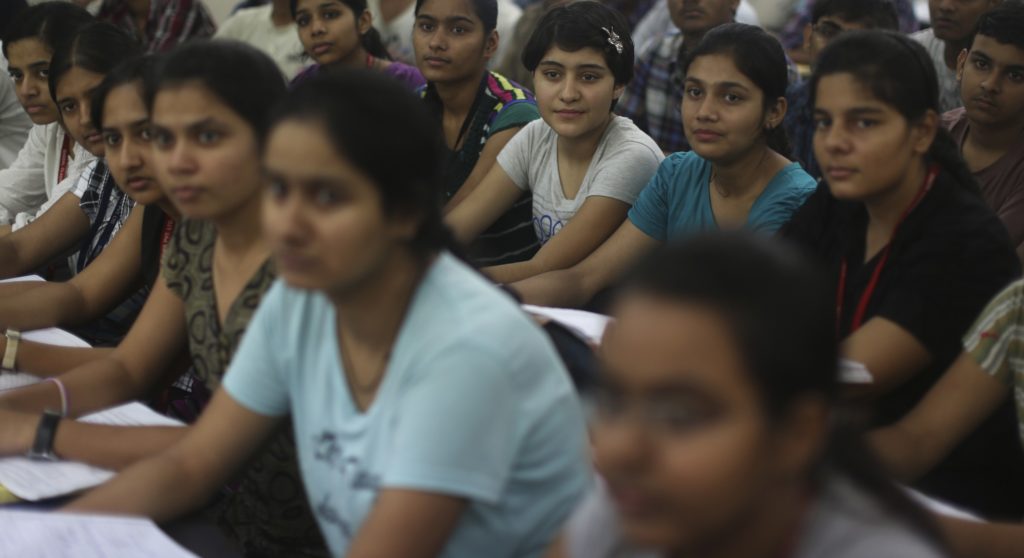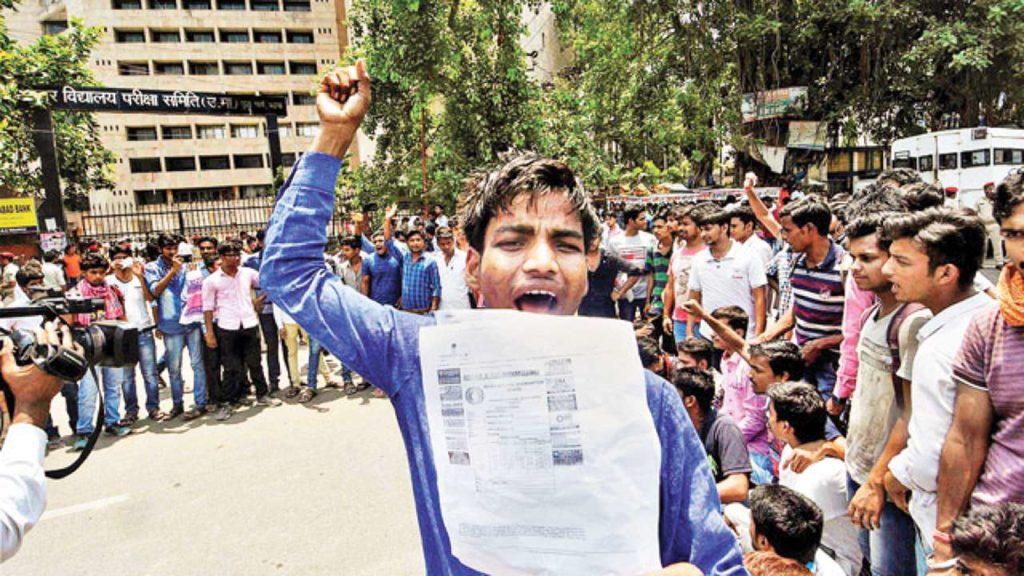
Education has been one of the vital ingredients for the development of the modern state. More the educated people, more aware the society is and more developed is the nation. Well, understanding this simple relation between a developed society and education, our ancient teachers like Chanakya, Shushrat, Vyasa and many more learnt saints coined the system of education. However the system got evolved as per times and need. But even during those times, following the Varna system- Brahmans enchanted Vedas and taught Kshtriyas the Shastras and Shastras; where the access to Gurukuls were restricted to these two classes only. The other two classes did pass their acquired knowledge in their fields as legacies from one generation to another- Vaishiyas were proficient merchants, traders and peasants. And Shudras were asked to submit their servitude. Historical evidences in Magadha take us to the journey of education during Mauryan times where we had great teachers and institutions like- Nalanda University. Utter shock it gives us today when we talk about the current scenario of Bihar! Isn’t it a paradox?
News headlines, flooding these days about class 12 results, declaring the Bihar state toppers, who don’t even know which subject includes what content in it! It sounds funny when political science is called “Prodikal” science and further in the description that the subject tells us about cooking. Now the basic question is why does this happen? Who is responsible for this? What is the government and the education system doing?

The reason for such lacuna is both, the neglected roles of civilians and the government. It is sad to reveal that once the University of Ancient times, today is that place that lacks even the basic infrastructure for teaching. There are no sufficient teachers to teach, no desks, in most of the rural Bihar there is no electricity available. Moreover, many districts lack transportation connectivity to schools. On top of that govt. incentives are not implemented properly. To cite examples- Mid-day meal, turned out to be toxic when children consumed the contaminated food. Many suffered from diarrhea, typhoid and stomach problems after consuming that harmful meal. Another important aspect associated is that the percentage of girls attending school is minimal. The prime reason is the lack of sanitation facilities available. Also there seems lack of encouragement for girl child education in the rural district of Bihar. And here I prove my point that education is one of the basic pillars for the prosperous society. Bihar needs to work on the decreasing sex ratio (918/1000 males, there seems downfall from 2011 consensus). Female foeticide, prejudice against women, thus women are considered as the weaker sex and denied all educational rights, especially among the lower rungs of the society.
In a n article called Bad Governance and Education in Bihar, Garima Singh quoted “At the primary level, government schools are the only option for poor people, especially in rural areas. The majority of the rural population belongs to the lower castes and classes and have no means to send their wards to school. Given the inadequate wages (which is the lowest in Bihar) and the large family size (family planning remains ineffective) the children are seen as a work force, who are more productive in the field.”

But the root questions are never thought about which is, Why do children cheat? If children cannot be honest with themselves then what is the worth of their schooling? If schools, which keep over- stressing discipline, build students who are not sincere, then what values are we promoting? Why are exams becoming so imperative in life that it pushes students to risk a five-year long debarment from all government exams just to fetch a few additional marks?
AkshatTayagi stated in The Hollowness of Indian EducationSystem “both the state and the society are not bothered about the declining education standards and sincere teachers are at the receiving end in most cases as parents threaten them physically and use political influence to get them transferred for not letting the students copy! Here the role of parents have to be speculated with a pinch of salt, as informed by so called 201s Bihar topper, that she asked her father to somehow make her pass class 12 but he made her the topper”. Why do the parents indulge into such practices and pressurise their children to score well and always see them to top? Perhaps the more vital question is, how are parents able to rule out teachers and the working system? The answer is the political influence of political leaders monitoring the system. All political parties view the campus as a recruiting ground, resulting in increasing violence and declining standards of learning. Garima Singh also mentioned that how in practical terms, the higher the crime graph of a student, the greater his chance of occupying a position in politics, thus securing a ‘bright future’. Besides politicisation and criminalisation, the campuses are also divided along caste lines. Generally bad governance is linked only to the state, absolving of civil society the responsibility. In Bihar, both the state and civil society are blameworthy for the lack of governance and the falling standards of education. Given these educational conditions, most students finish their education learning their first lessons in corruption, criminal and caste politics.

As every cloud has a silver lining, comparatively the conditions of private schools are better. But these are expensive institutes which cannot be afforded especially by the rural middle classes. Nevertheless, one hope is that if both civilians and government recognise their role and start following them, we’ll have a better, aware and educated society.
Author: Sonal Sharma

